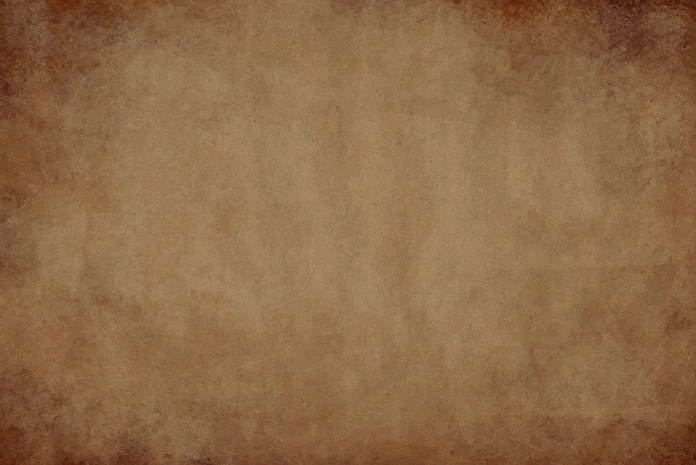Site Closed
We apologise but The Circumlocution Office is currently a private site and no longer accessible to the public.
If you have any queries you can reach us at admin@thecircumlocutionoffice.com.

We apologise but The Circumlocution Office is currently a private site and no longer accessible to the public.
If you have any queries you can reach us at admin@thecircumlocutionoffice.com.
